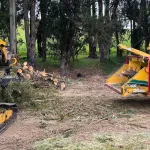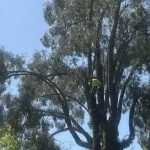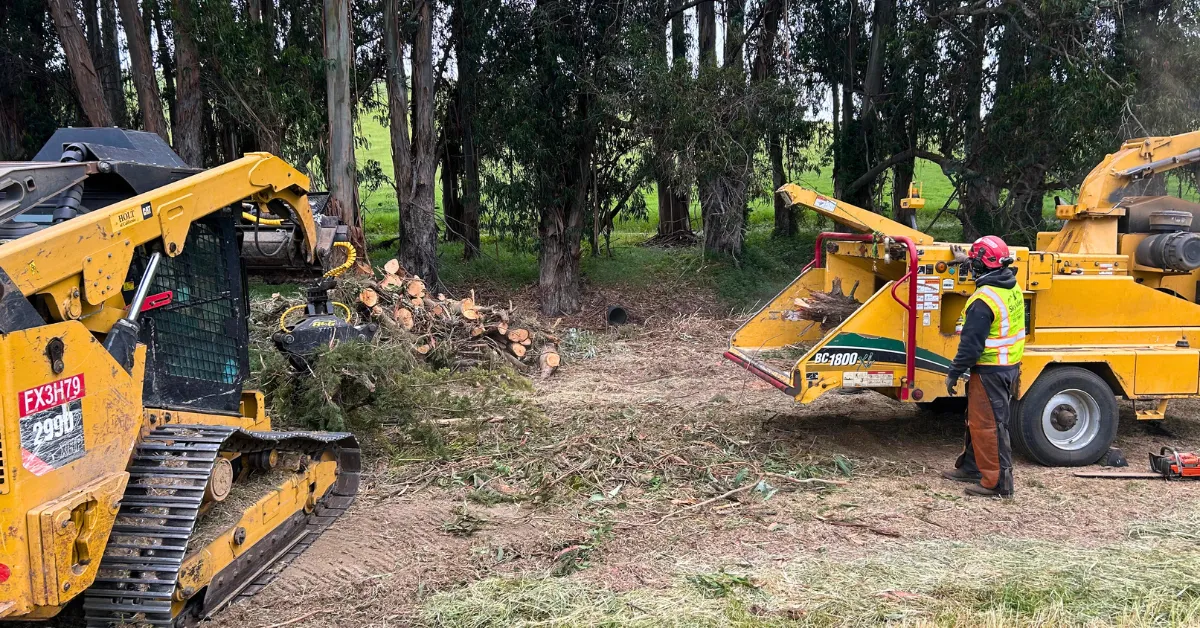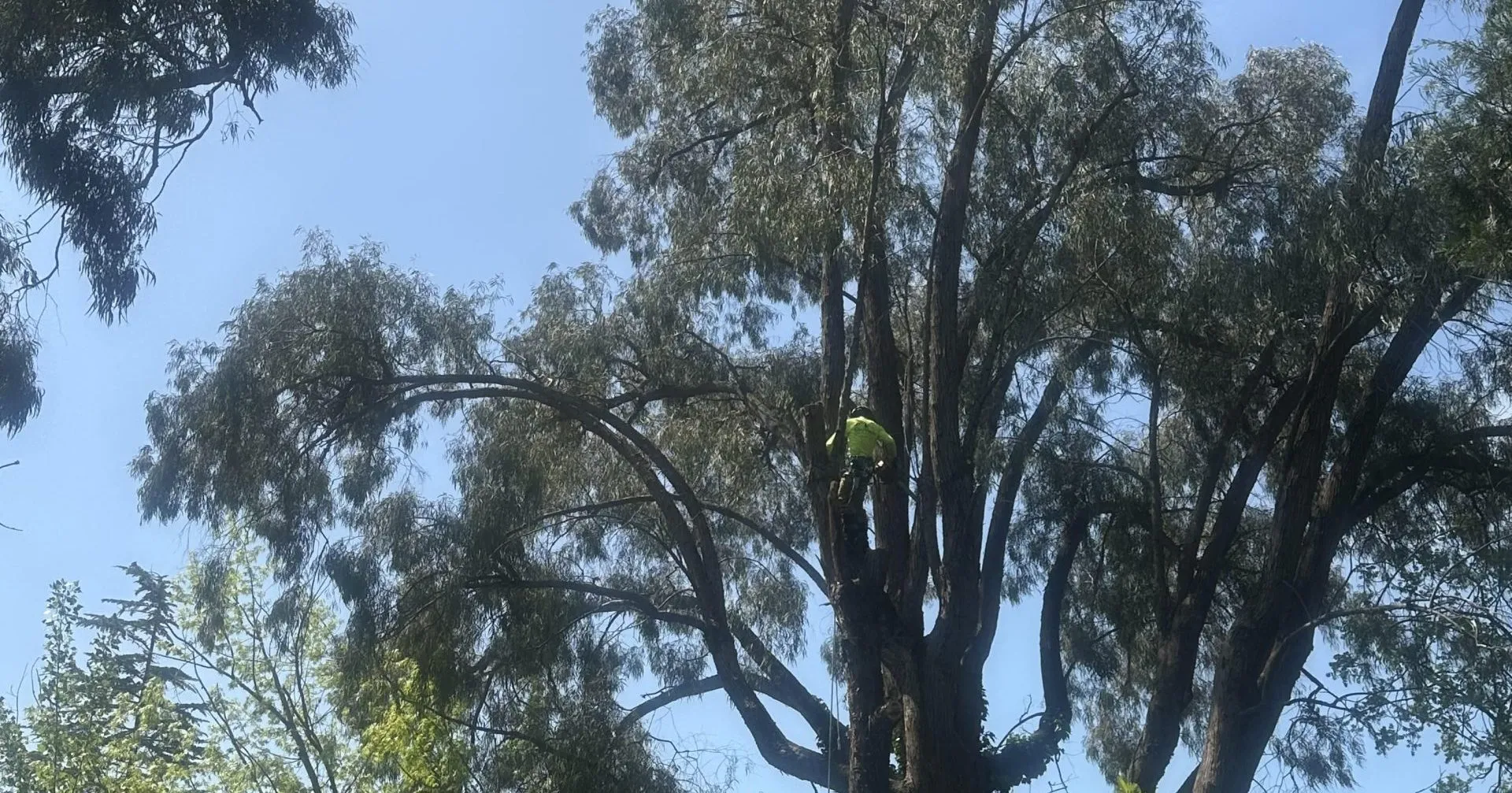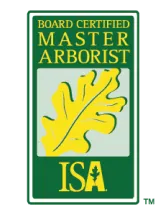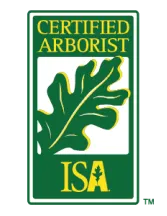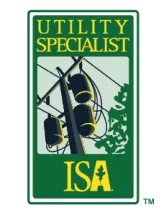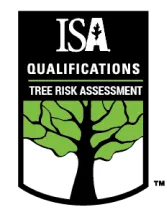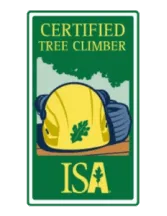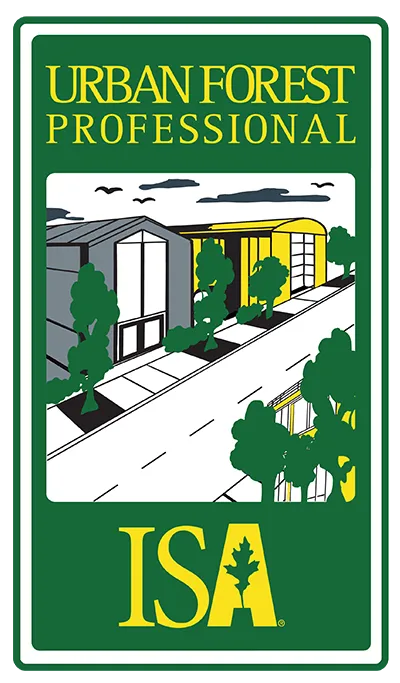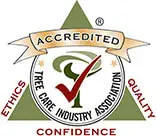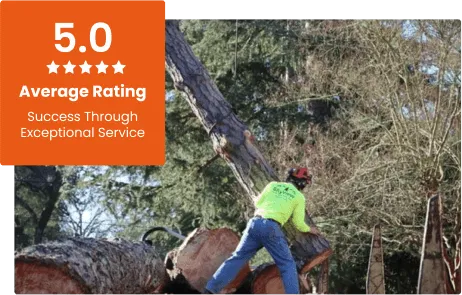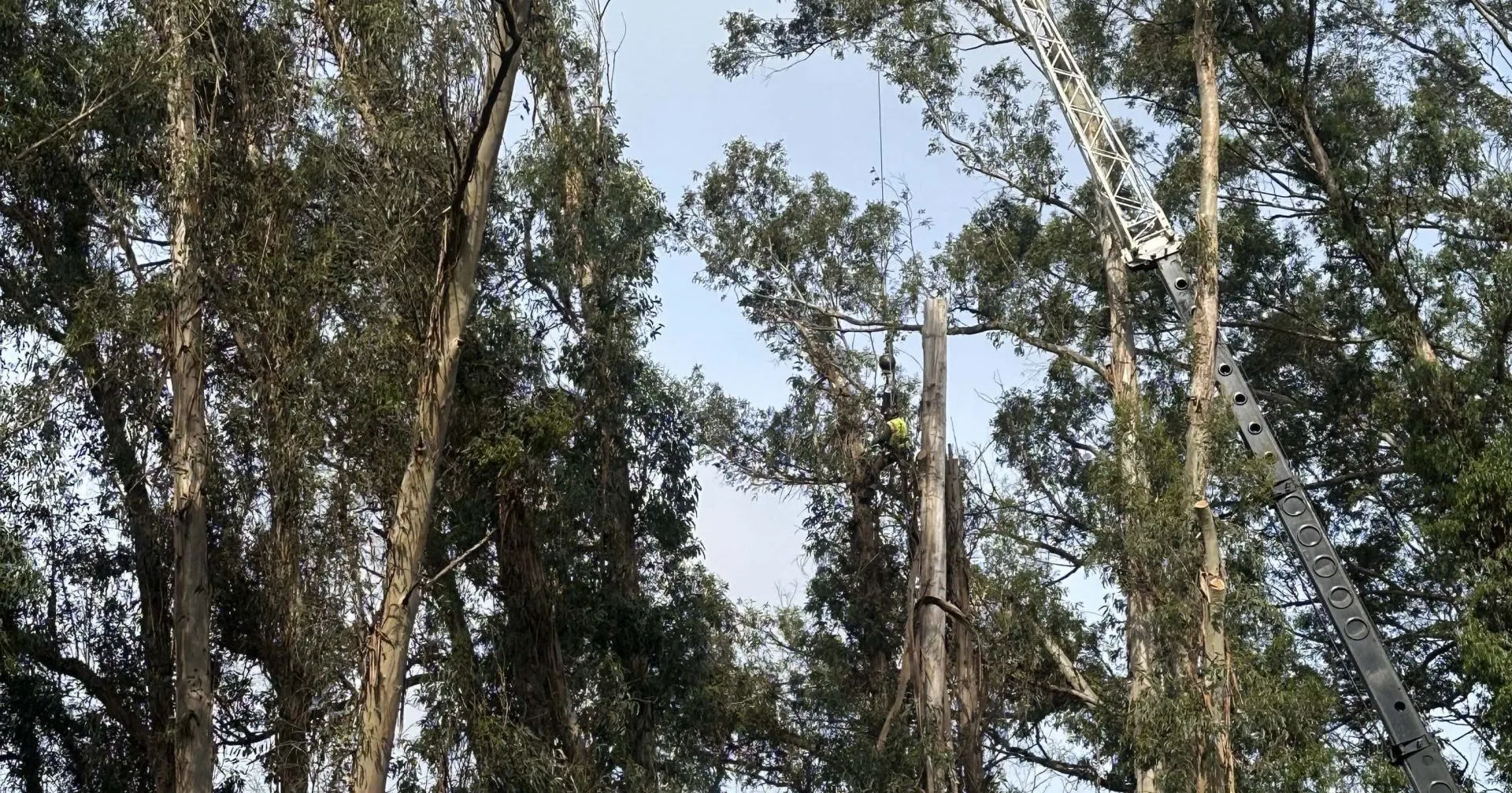
How to Spot Tree Pest Problems Early and Protect Your Landscape
July 10, 2025
Imagine walking outside with your morning coffee, glancing up at that old maple in your yard. Something feels off. The leaves are curling early, and the bark looks strange. But it’s just a tree. It’ll bounce back, right?
Not always.
Tree pests often move in silently. No sirens, no obvious damage, until it’s too late. By the time most homeowners notice, the infestation has already done the real damage underneath.
If you care about keeping your trees healthy, this blog gives you what you actually need: clear signs to watch for, what those signs mean, and what to do next. No fluff. Just real-world answers, written like we’re walking your property together.
The 3-Stage Decline: What Tree Death by Pests Really Looks Like
Tree pest damage doesn’t happen all at once. It usually unfolds in stages -and the earlier you spot the signs, the better your odds of saving the tree.
Stage 1: Early Symptoms
- Leaves look distorted, off-color, or fall prematurely
- Small bore holes in bark or sticky residue appears
- Pest activity visible on leaves or trunk
Stage 2: Internal Decline
- Bark begins to crack or loosen
- Branches die back from the tips
- Growth slows noticeably each season
Stage 3: Structural Collapse
- Entire limbs die and fall
- Tree leans or shifts position
- Canopy thins out dramatically
Catching the problem in Stage 1 is key. Once the tree reaches Stage 3, removal may be the only safe option.
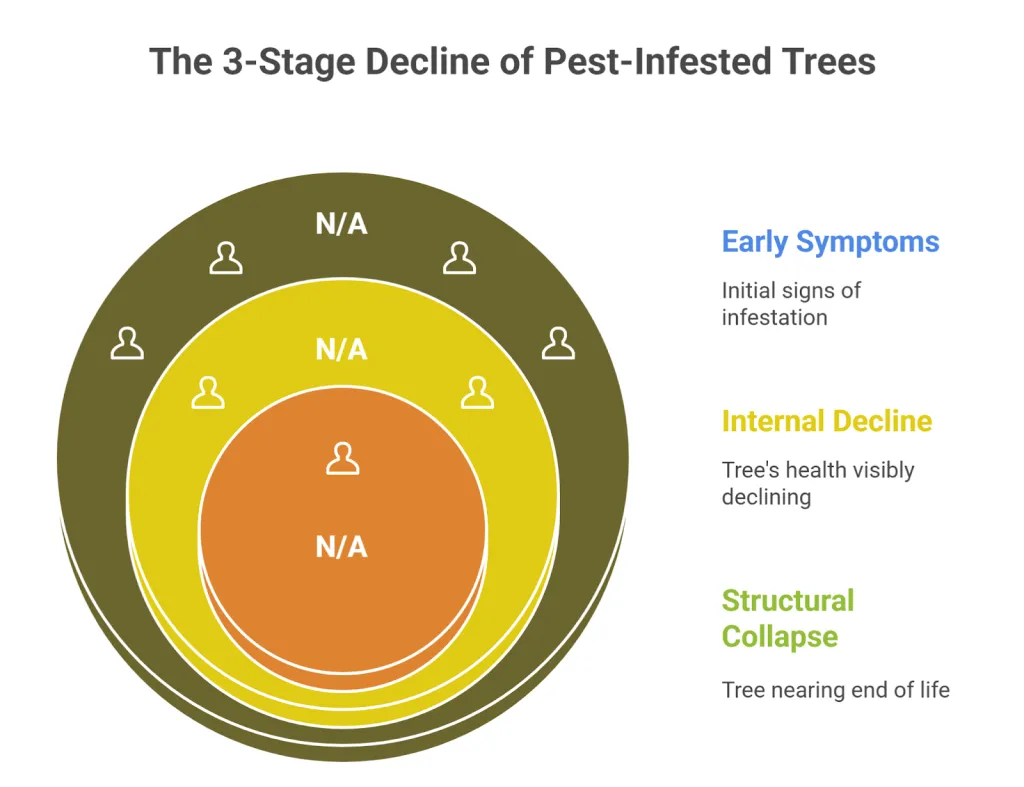
Which Trees Are Most at Risk in 2025 (And Why)
Not all trees are equally vulnerable. Some species are like magnets for pests – especially in today’s changing climate.
Top at-risk trees this year:
- Ash trees (targeted by emerald ash borer)
- Maples and oaks (prone to borers and fungal issues)
- Fruit trees (aphids, mites, and scale insects)
- Pines and conifers (drought stress invites bark beetles)
Why they’re struggling more in 2025:
- Warmer winters let more pests survive year-round
- Unpredictable rainfall weakens tree immunity
- Urban development stresses roots and soil
If you have one of these trees, step up your inspection routine. They need more help now than ever.
What Your Pest Treatment Options Really Cost You (Time, Energy, Risk)
Cost isn’t just money. It’s time, energy, and what happens if you wait too long. Here’s how different approaches stack up:
DIY Treatments:
- Good for early-stage soft-bodied pests
- Requires correct ID and repeat applications
- Risk: Wrong spray or wrong timing can do more harm
Professional Systemic Treatments:
- Targets pests inside the tree (like borers)
- More effective for long-term protection
- Requires licensed applicator and some downtime
The “Do Nothing” Option:
- Seems cheaper at first, but damage compounds
- Risk of property damage, tree loss, or neighbor issues
If you’re unsure, start with a professional inspection. Knowing what you’re dealing with saves a lot of second-guessing.
The Sneaky Start: How Pest Problems Take Over Without a Warning
Most infestations start quietly. A single adult beetle lays eggs. A few aphids land on new growth. Over time, that small presence spreads through branches, roots, or bark. And because trees can’t cry for help, we often miss the early warning signs.
Pests thrive when:
- Trees are stressed from drought, construction, or poor pruning
- Surrounding vegetation is also infested
- Weather conditions (like warm, dry winters) boost pest populations
By the time leaves drop early, or bark starts to split, the damage has usually been building for weeks or months.
Did You Know? Some tree pests release a scent that attracts even more of their kind. One infested tree can lead to an entire yard’s worth of problems.
Spot the Clues: How to Know When Your Tree Is in Trouble
You don’t need a degree in forestry to know when something’s wrong. Just slow down and really look.
Common red flags include:
- Leaves turning yellow or curling at odd times of year
- Bark that’s cracking, peeling, or dotted with tiny holes
- Sticky sap, sawdust, or webbing on the trunk
- Clusters of bugs near the base or under leaves
- Sections of the tree that die off suddenly
Make it a habit to walk your yard every month or two. The earlier you catch these signs, the better your chances of saving the tree.
What Cracks, Holes, and Oozing Sap Reveal
Bark tells the story of a tree’s health. Cracks, holes, peeling, and oozing sap are like warning lights – they’re often the first visible clues that pests are inside.
Here’s what to look for:
- Small round exit holes: Often caused by beetles boring out of the trunk.
- Long vertical cracks: A sign of internal decay or insect tunneling.
- Oozing sap or dark streaks: Can mean borers or bark beetles are active inside.
- Bark that pulls away easily: May signal that pests have eaten away the cambium layer underneath.
If multiple areas show signs of bark damage, your tree may be dealing with more than one type of pest.
The Subtle Leaf Symptoms That Scream Trouble
Leaves are a tree’s health report card. And pests know how to manipulate them.
Watch for these changes:
- Curling or cupping leaves (common with aphid and mite infestations)
- Brown spots or chewed edges
- Leaves falling early in the season
- Sticky residue (called “honeydew”) on leaves or nearby surfaces
- Silky webbing near branch tips
These issues can show up in just one branch or spread fast across the canopy. If your tree’s leaves look unhealthy and the season hasn’t changed, pests may be the cause.
Meet the Invaders: Borers, Beetles, and the Worst Tree Offenders
Some pests do their damage out in the open. Others quietly burrow deep inside. The most harmful ones are usually the ones you can’t see right away.
Watch out for these common pests:
- Emerald ash borer – A small green beetle that may seem harmless at first. But once it settles in, it can take out a healthy ash tree in just a few seasons.
- Shot hole borer – Leaves small holes in the bark. You’ll often see it show up in trees like oaks and maples that aren’t in the best shape – maybe they’ve been through dry spells, poor pruning, or just tough conditions over time.
- Bark beetles – These bugs don’t usually go after strong, healthy trees. They show up when a tree is worn out – maybe it’s been too dry, or the soil around it just isn’t supporting growth the way it should. They rarely show up alone.
- Carpenterworms – These large larvae burrow deep into the trunk, slowly weakening the tree from the inside. If left unchecked, they can turn a solid tree into a hazard.
Not every pest can be handled the same way. Some bugs ignore sprays altogether. Others spread more quickly if you prune too early. That’s why it makes sense to figure out exactly what’s going on before you try to fix it.
Fungus or Pest? Here’s How to Tell What’s Really Hurting Your Tree
Not every tree issue is pest-related. Sometimes, fungi are the main culprit. And confusing the two can lead to the wrong treatment.
Key differences:
- Fungi usually create cankers, mushrooms, or odd growths on bark.
- Insect pests tend to leave visible movement, webbing, or frass (insect droppings).
- Fungal problems may spread after heavy rain or long wet periods.
- Warm, dry spells give pests the upper hand. Add in a tree that’s already worn down from poor soil or storm damage, and it becomes the perfect spot for insects to settle in.
Not sure what’s going on? Bring in a certified arborist. They’ll check the tree with you, explain what’s really happening, and give you a solid plan to fix it.
What You Risk by Ignoring the Early Signs
Ignoring tree pests can lead to a slow and silent collapse.
As pests chew through internal wood or block nutrients, your tree weakens. Eventually, it becomes unstable – and in some cases, dangerous.
Consequences of waiting too long include:
- Dead limbs that can fall unexpectedly
- Complete tree loss
- Spread to nearby trees or shrubs
- Increased costs for removal or treatment
Early detection isn’t just about tree health. It’s about safety – and avoiding future headaches.
Is It Too Late? What You Can Do to Save an Infected Tree
In many cases, yes – but only if you act early.
Treatment options depend on the pest and tree condition:
- Insecticidal injections for borers and beetles
- Systemic treatments that move through the tree’s vascular system
- Targeted pruning to remove affected limbs
- Applying horticultural oil or neem for soft-bodied insects
The longer you wait, the fewer options you’ll have. Severe infestations often require removal to protect other trees.
Shield Your Trees: Easy Prevention Tips That Actually Work
Prevention starts with care. Healthy trees resist pests naturally.
Smart habits include:
- Watering deeply but not too often
- Mulching properly (2 to 4 inches, not against the trunk)
- Avoiding heavy pruning during peak pest season
- Cleaning up fallen leaves and branches
- Planting pest-resistant native species
Also, keep an eye on neighboring yards. Pest problems often spread from one property to the next.
Don’t Do This: Common Mistakes That Make Tree Pests Worse
We see the same missteps over and over again:
- Waiting too long to act
- Ignoring “just one bad branch”
- Using the wrong spray at the wrong time
- Over-pruning, which stresses the tree more
Being proactive doesn’t mean panic. It means paying attention, asking questions, and acting when something looks off.
Your Quick Action Plan: What to Do If You Spot a Pest Problem
Step-by-step guide to act fast without making things worse:
- Inspect your tree carefully – leaves, bark, trunk, and base
- Watch for patterns – is damage isolated or spreading?
- Take photos to document what you’re seeing
- Avoid cutting or spraying anything until you know what it is
- Call a certified arborist to confirm the problem and guide next steps
Use this as your go-to plan when something looks off. It can help stop the spread before it gets out of hand.
Questions Homeowners Often Ask About Tree Pests
How can I tell if it’s a pest or just drought stress?
Look at where and how the damage is showing up. If the whole tree looks dry, it could lack water. But if only part of the tree has droopy or curling leaves, sticky spots, or small holes in the bark, pests might be the problem.
Do tree pests go away on their own?
Honestly, no. Once they’re in, they stick around. Waiting won’t fix it, it gives them more time to dig in and spread. The best thing to do is catch them early and act fast.
Can one infected tree harm the others nearby?
Yep, and we’ve seen it happen. If bugs like what they find, they’ll move on to other trees nearby, especially ones that are already stressed. One unhealthy tree can create a chain reaction across your whole yard.
What time of year is the worst for tree pests?
Spring and summer are usually the roughest. Bugs hatch, feed, and multiply faster when it’s warm out. But don’t let your guard down, some pests hang around long after the heat fades.
Is it safe to keep a tree that has pests?
If it still looks strong and the damage isn’t too bad, you might be able to treat it. But if it feels weak or parts are falling off, it’s probably best to take it down.
When should I check my trees for pests?
Take a look once or twice a month. Just walk around and notice anything that seems off leaves, bark, or branches.
Last Word: Why Protecting Your Trees Is Bigger Than You Think
Trees do more than look nice. They give shade, boost property value, and support the entire ecosystem of your yard. Losing one tree to pests can ripple through your whole landscape.
Catching issues early – and knowing what to look for – puts you back in control.
Still not sure what you’re seeing? Don’t guess. Reach out to a SkyView Tree Experts, explain what’s going on, and help you build a plan that protects your trees long-term.


